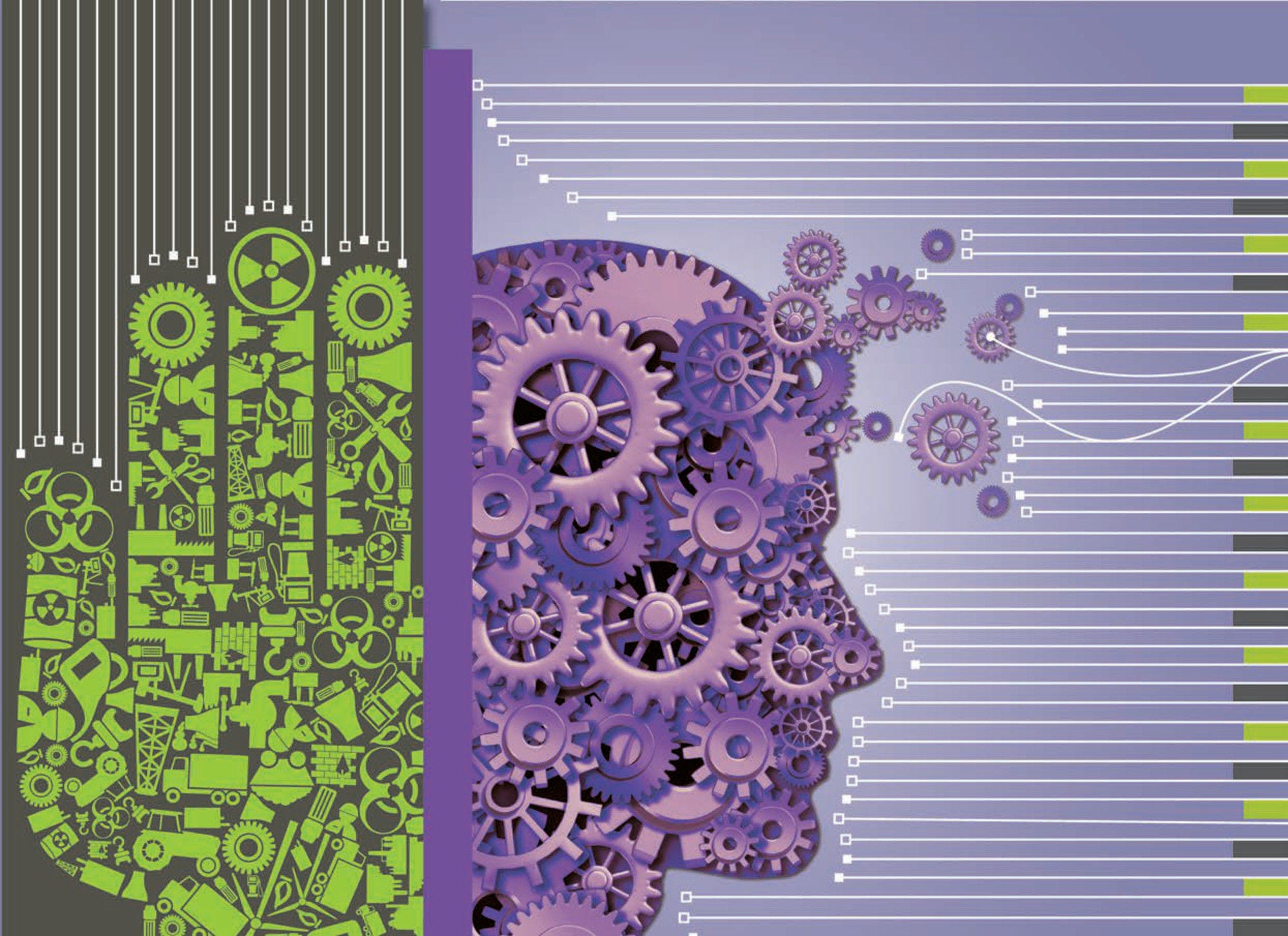[19] Ainsworth, S., V. Prain and R. Tytler (2011), “Drawing to learn in science”, Science, Vol. 333/6046, pp. 1096-1097, http://dx.doi.org/10.1126/science.1204153.
[30] Antonietti, A., S. Ignazi and P. Perego (2000), “Metacognitive knowledge about problem-solving methods”, British Journal of Educational Psychology, Vol. 70/1, pp. 1-16, http://dx.doi.org/10.1348/000709900157921.
[5] Autor, D., F. Levy and R. Murnane (2003), “The skill content of recent technological change: An empirical exploration”, Quarterly Journal of Economics, Vol. 118/4, pp. 1279-1334, https://doi.org/10.1162/003355303322552801.
[26] Bjork, R., J. Dunlosky and N. Kornell (2013), “Self-regulated learning: Beliefs, techniques, and illusions”, Annual Review of Psychology, Vol. 64/1, pp. 417-444, http://dx.doi.org/10.1146/annurev-psych-113011-143823.
[17] Braithwaite, D. and R. Goldstone (2015), “Effects of variation and prior knowledge on abstract concept learning”, Cognition and Instruction, Vol. 33/3, pp. 226-256, http://dx.doi.org/10.1080/07370008.2015.1067215.
[31] Efklides, A. and S. Vlachopoulos (2012), “Measurement of metacognitive knowledge of self, task, and strategies in mathematics”, European Journal of Psychological Assessment, Vol. 28/3, pp. 227-239, https://doi.org/10.1027/1015-5759/a000145.
[27] Ericsson, K. and R. Pool (2016), Peak: Secrets from the New Science of Expertise, Eamon Dolan/Houghton Mifflin Harcourt, New York.
[35] Eshet-Alkalai, Y. (2004), “Digital literacy. A conceptual framework for survival skills in the digital era”, Journal of Educational Multimedia and Hypermedia, Vol. 13/1, pp. 93-106.
[3] Felstead, A. et al. (2013), Skills at Work in Britain: First Findings from the Skills and Employment Survey 2012, Centre for Learning and Life Chances in Knowledge Economies and Societies, Institute of Education, London.
[36] Ferrari, A. (2013), DIGCOMP: A Framework for Developing and Understanding Digital Competence in Europe, European Commission, Joint Research Center, Institute for Prospective Technological Studies, Seville, http://publications.jrc.ec.europa.eu/repository/handle/JRC83167.
[20] Fischer, A., S. Greiff and J. Funke (2012), “The process of solving complex problems”, The Journal of Problem Solving, Vol. 4/1, pp. 19-42, http://dx.doi.org/10.7771/1932-6246.1118.
[9] Funke, J. (2010), “Complex problem solving: A case for complex cognition?”, Cognitive Processing, Vol. 11/2, pp. 133-142, http://dx.doi.org/10.1007/s10339-009-0345-0.
[23] Gick, M. (1986), “Problem-solving strategies”, Educational Psychologist, Vol. 21/1-2, pp. 99-120, http://dx.doi.org/10.1080/00461520.1986.9653026.
[32] Goldhammer, F., T. Martens and O. Lüdtke (2017), “Conditioning factors of test-taking engagement in PIAAC: An exploratory IRT modelling approach considering person and item characteristics”, Large-scale Assessments in Education, Vol. 5/18, http://dx.doi.org/10.1186/s40536-017-0051-9.
[6] Greiff, S. et al. (2017), “Adaptive problem solving: Moving towards a new assessment domain in the second cycle of PIAAC”, OECD Education Working Papers, No. 156, OECD Publishing, Paris, https://dx.doi.org/10.1787/90fde2f4-en.
[24] Greiff, S., S. Wüstenberg and F. Avvisati (2015), “Computer-generated log-file analyses as a window into students’ minds? A showcase study based on the PISA 2012 assessment of problem solving”, Computers & Education, Vol. 91, pp. 92-105, http://dx.doi.org/10.1016/j.compedu.2015.10.018.
[12] Klahr, D. (2002), Exploring Science: The Cognition and Development of Discovery Processes, MIT press, Cambridge.
[13] Klahr, D. and K. Dunbar (1988), “Dual space search during scientific reasoning”, Cognitive Science, Vol. 12/1, pp. 1-48, http://dx.doi.org/10.1207/s15516709cog1201_1.
[22] Lee, C., D. Jonassen and T. Teo (2011), “The role of model building in problem solving and conceptual change”, Interactive Learning Environments, Vol. 19/3, pp. 247-265, http://dx.doi.org/10.1080/10494820902850158.
[1] Levy, F. and R. Murnane (2006), “Why the changing American economy calls for twenty-first century learning: Answers to educators’ questions”, New Directions for Youth Development, Vol. 2006/110, pp. 53-62, http://dx.doi.org/10.1002/yd.167.
[33] Marianti, S. et al. (2014), “Testing for aberrant behavior in response time modeling”, Journal of Educational and Behavioral Statistics, Vol. 39/6, pp. 426-451, http://dx.doi.org/10.3102/1076998614559412.
[10] Mayer, R. and R. Wittrock (2006), “Problem solving”, in Alexander, P. and P. Winne (eds.), Handbook of Educational Psychology, 2nd edition (pp. 287-304), Erlbaum, Mahwah, NJ.
[11] Nathan, M., W. Kintsch and E. Young (1992), “A theory of algebra-word-problem comprehension and its implications for the design of learning environments”, Cognition and Instruction, Vol. 9/4, pp. 329-389, http://dx.doi.org/10.1207/s1532690xci0904_2.
[2] National Research Council (2012), Education for Life and Work: Developing Transferable Knowledge and Skills in the 21st Century, National Academies Press, Washington, DC, http://dx.doi.org/10.17226/13398.
[25] Nelson, T. and L. Narens (1990), “Metamemory: A theoretical framework and new findings”, in Bower, G. (ed.), The Psychology of Learning and Motivation: Advances in Research and Theory, Vol. 26, Academic Press, San Diego, http://dx.doi.org/10.1016/s0079-7421(08)60053-5.
[14] Newell, A. and H. Simon (1972), Human Problem Solving, Prentice-Hall, Englewood Cliffs, NJ.
[29] OECD (2018), The use of tablets for collecting data in the 2nd cycle of PIAAC. 20th Meeting of the PIAAC Board of Participating Countries, 16-17 April 2018, OECD Headquarters, OECD, Paris.
[8] OECD (2017), “PISA 2015 collaborative problem‑solving framework”, in PISA 2015 Assessment and Analytical Framework: Science, Reading, Mathematic, Financial Literacy and Collaborative Problem Solving, OECD Publishing, Paris, https://dx.doi.org/10.1787/9789264281820-8-en.
[7] OECD (2014), PISA 2012 Results: Creative Problem Solving (Volume V): Students’ Skills in Tackling Real-Life Problems, PISA, OECD Publishing, Paris, https://dx.doi.org/10.1787/9789264208070-en.
[28] OECD (2013), Technical Report of the Survey of Adult Skills (PIAAC), https://www.oecd.org/skills/piaac/_Technical%20Report_17OCT13.pdf.
[4] OECD (2012), Literacy, Numeracy and Problem Solving in Technology-Rich Environments: Framework for the OECD Survey of Adult Skills, OECD Publishing, Paris, https://dx.doi.org/10.1787/9789264128859-en.
[16] Ross, B. (1989), “Distinguishing types of superficial similarities: Different effects on the access and use of earlier problems”, Journal of Experimental Psychology: Learning, Memory, and Cognition, Vol. 15/3, pp. 456-468, http://dx.doi.org/10.1037/0278-7393.15.3.456.
[18] Ross, B. (1989), “Remindings in learning and instruction”, in Vosniadou, S. and A. Ortony (eds.), Similarity and Analogical Reasoning, Cambridge University Press, Cambridge, CA.
[34] Rouet, J. and M. Britt (2017), Literacy in 2030. Report commissioned by the OECD’s Education 2030 project, OECD, Paris.
[15] Vollmeyer, R., B. Burns and K. Holyoak (1996), “The Impact of Goal Specificity on Strategy Use and the Acquisition of Problem Structure”, Cognitive Science, Vol. 20/1, pp. 75-100, http://dx.doi.org/10.1207/s15516709cog2001_3.
[21] Zhang, J. (1997), “The nature of external representations in problem solving”, Cognitive Science, Vol. 21/2, pp. 179-217, http://dx.doi.org/10.1207/s15516709cog2102_3.






